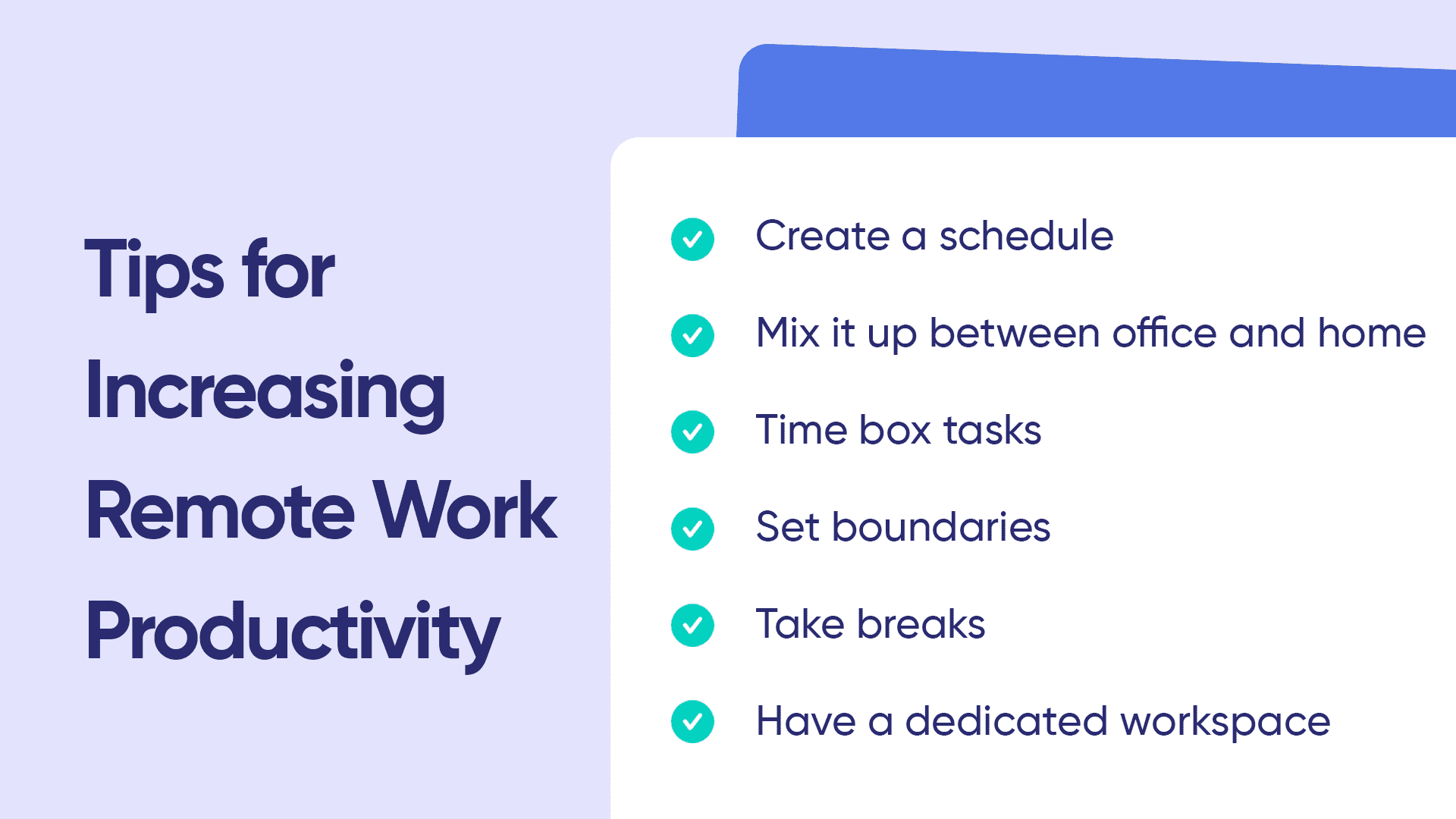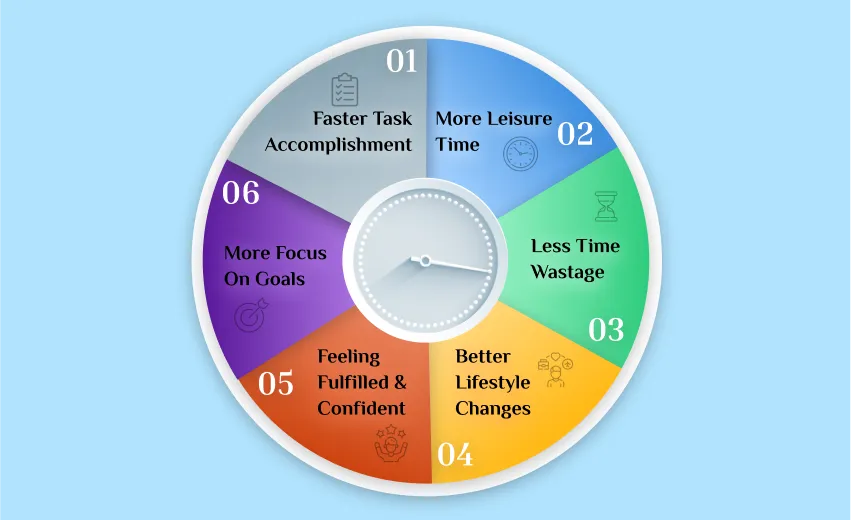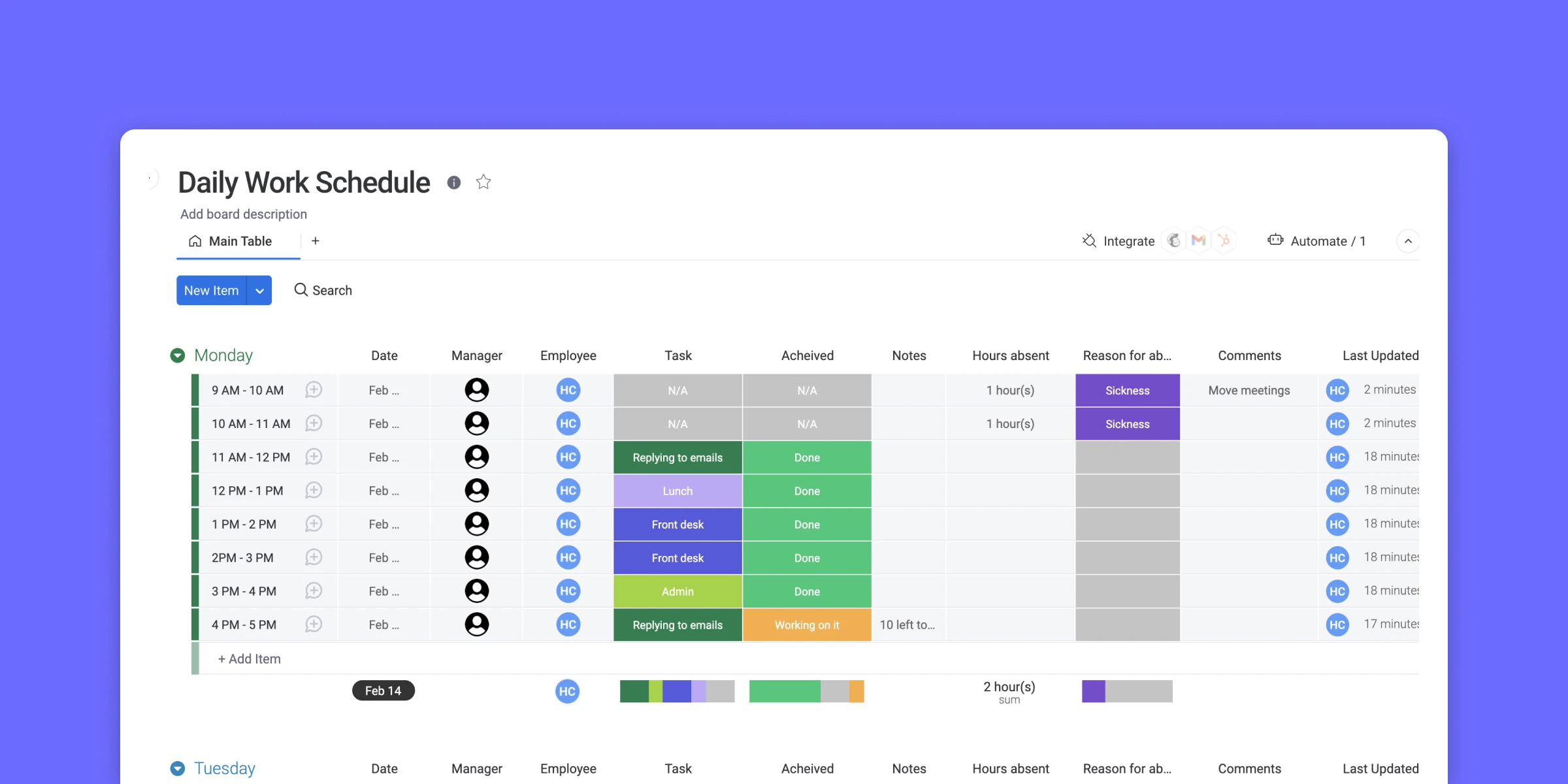Remote work has become a standard part of many workplaces, offering flexibility and convenience. However, it also brings unique challenges, such as distractions, isolation, and blurred boundaries between work and personal life. To thrive in a remote work environment, cultivating productive habits and a structured routine is essential.
This article provides practical tips to help you maximize productivity while working remotely.
1. Create a Dedicated Workspace
Having a specific area for work helps establish boundaries between your professional and personal life. A well-organized, distraction-free workspace can significantly enhance focus and efficiency.
Tips for Setting Up Your Workspace:
- Choose a quiet location with minimal distractions.
- Invest in ergonomic furniture, like a comfortable chair and a height-adjustable desk.
- Ensure good lighting to reduce eye strain. Natural light is ideal, but a desk lamp can also help.
- Keep your workspace tidy and stocked with essential supplies.
A dedicated workspace signals your brain that it’s time to work, boosting concentration and productivity.
2. Establish a Routine
One of the benefits of remote work is flexibility, but too much of it can lead to disorganization. A consistent routine provides structure and ensures you stay on track.
How to Create a Productive Routine:
- Start your day at the same time each morning.
- Include a morning ritual, such as exercise, meditation, or journaling, to set a positive tone.
- Schedule breaks throughout the day to recharge. Use techniques like the Pomodoro method (25 minutes of focused work followed by a 5-minute break).
- Set a clear end time for your workday to maintain work-life balance.
Sticking to a routine creates predictability, making it easier to focus and manage your workload.
3. Set Clear Goals and Priorities
Without clear objectives, it’s easy to become overwhelmed or distracted. Setting goals helps you stay focused and motivated.
Tips for Goal Setting:
- Break larger projects into smaller, manageable tasks.
- Use tools like to-do lists or task management apps (e.g., Trello, Asana, or Todoist).
- Prioritize tasks using methods like the Eisenhower Matrix, categorizing tasks by urgency and importance.
Regularly reviewing your goals ensures that you’re aligned with your objectives and staying productive.
4. Minimize Distractions
Distractions are one of the biggest challenges of remote work, especially at home. Identifying and addressing potential interruptions can help you stay focused.
Strategies to Reduce Distractions:
- Set boundaries with family members or roommates by communicating your work hours.
- Silence non-essential notifications on your phone or computer.
- Use noise-canceling headphones if you’re in a noisy environment.
- Block distracting websites using apps like Freedom or StayFocusd.
Creating a distraction-free zone improves your ability to concentrate on your tasks.
5. Leverage Technology
The right tools and technology can simplify remote work and enhance productivity. From communication platforms to project management software, technology is a remote worker’s best friend.
Essential Tools for Remote Work:
- Video Conferencing: Zoom, Microsoft Teams, or Google Meet for virtual meetings.
- Collaboration Platforms: Slack or Microsoft Teams for team communication.
- File Sharing: Google Drive or Dropbox for easy file access and sharing.
- Time Tracking: Toggl or Clockify to monitor how you’re spending your time.
Investing in the right tools ensures seamless collaboration and efficient task management.
6. Practice Effective Communication
Clear and frequent communication is vital for remote work success, especially when working in a team. Miscommunication can lead to misunderstandings and delays.
Tips for Better Communication:
- Use clear and concise language in emails and messages.
- Set regular check-ins with your team to stay aligned on goals and progress.
- Clarify expectations for tasks, deadlines, and responsibilities.
- Over-communicate if necessary to ensure everyone is on the same page.
Strong communication skills foster collaboration and prevent confusion in a remote setting.
7. Take Regular Breaks
Overworking can lead to burnout, while taking regular breaks can refresh your mind and boost creativity. Incorporating breaks into your day ensures sustained focus and energy.
Ideas for Break Activities:
- Take a short walk or stretch to improve circulation.
- Practice mindfulness or deep breathing exercises.
- Step away from your screen to give your eyes a rest.
- Enjoy a healthy snack or hydrate with water.
Breaks are essential for maintaining long-term productivity and mental well-being.
8. Stay Physically Active
Remote work often involves long hours of sitting, which can negatively impact your physical health. Incorporating physical activity into your day improves both physical and mental well-being.
Tips for Staying Active:
- Schedule a daily workout, even if it’s just 20–30 minutes.
- Try desk exercises or yoga stretches during breaks.
- Use a standing desk or alternate between sitting and standing while working.
- Take walking meetings when possible.
Staying active helps you feel energized and prevents the physical strain associated with sedentary work.
9. Maintain Work-Life Balance
One of the challenges of remote work is the blurred line between work and personal life. Creating boundaries is essential to avoid burnout and maintain a healthy lifestyle.
How to Balance Work and Life:
- Stick to a schedule and log off at the end of your workday.
- Avoid checking work emails or messages during personal time.
- Create a ritual to transition out of work mode, such as changing clothes or going for a walk.
- Spend quality time with family, friends, or on hobbies outside of work.
Maintaining balance ensures that you remain productive without sacrificing your well-being.
10. Focus on Mental Health
Working remotely can sometimes feel isolating, which may take a toll on your mental health. Prioritizing mental well-being is just as important as managing tasks and deadlines.
Tips for Supporting Mental Health:
- Stay connected with colleagues through regular virtual meetings or casual chats.
- Practice self-care by dedicating time to activities that bring you joy and relaxation.
- Seek support if you’re feeling overwhelmed—talk to a friend, mentor, or mental health professional.
- Limit exposure to negative news or social media during work hours.
Taking care of your mental health ensures that you’re better equipped to handle work challenges and maintain overall well-being.
11. Continuously Evaluate and Adapt
What works today might not work tomorrow, so it’s important to regularly assess your remote work strategies and make adjustments as needed.
How to Adapt Your Routine:
- Reflect on what’s working and what’s not at the end of each week.
- Experiment with new productivity methods, like time-blocking or deep work sessions.
- Stay open to feedback from colleagues and supervisors about your work habits.
Being flexible and proactive helps you stay productive in a dynamic remote work environment.
Conclusion
Remote work offers unparalleled flexibility, but it requires discipline and thoughtful planning to stay productive. By creating a dedicated workspace, establishing routines, minimizing distractions, and prioritizing communication, you can excel in a remote work environment while maintaining balance and well-being.
Embrace these tips, adapt them to your unique needs, and watch your productivity soar as you navigate the world of remote work with confidence and success.




